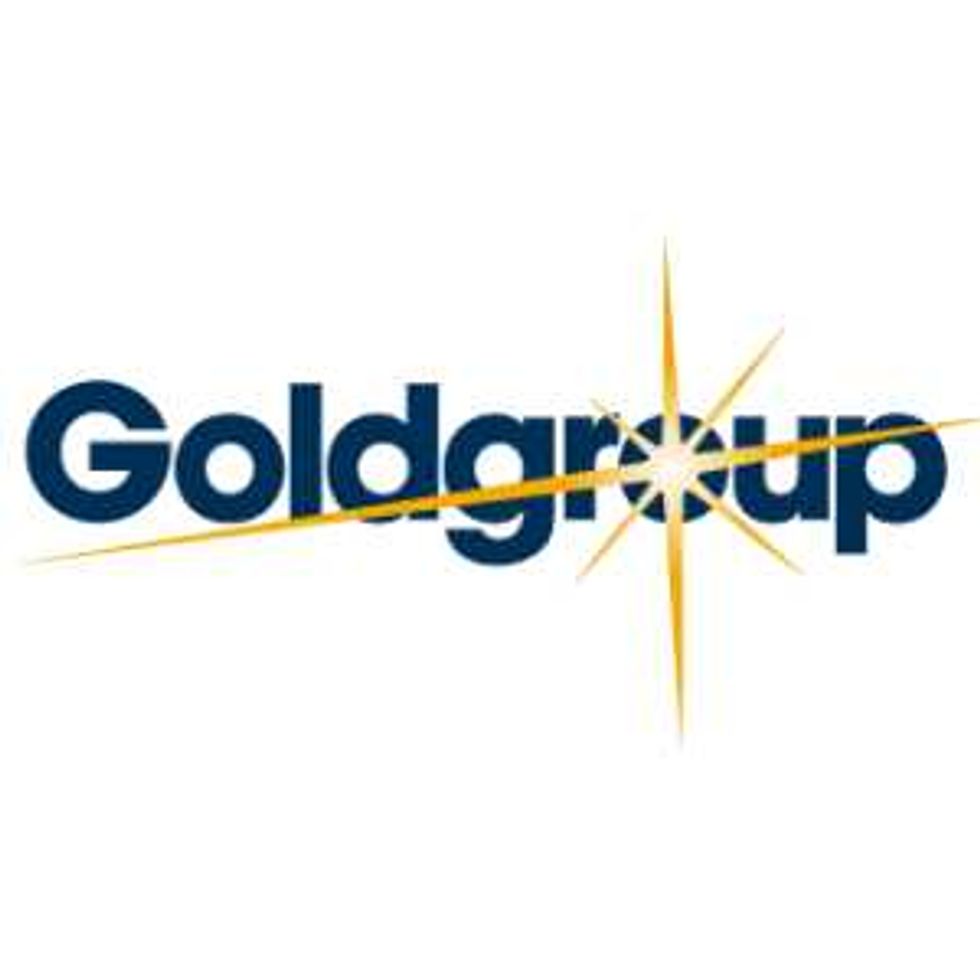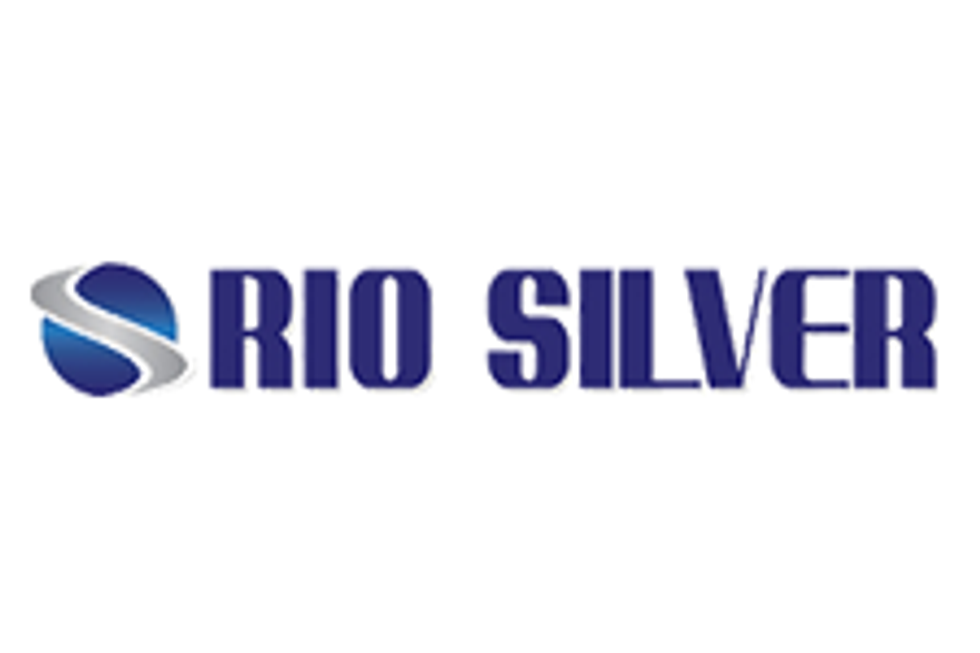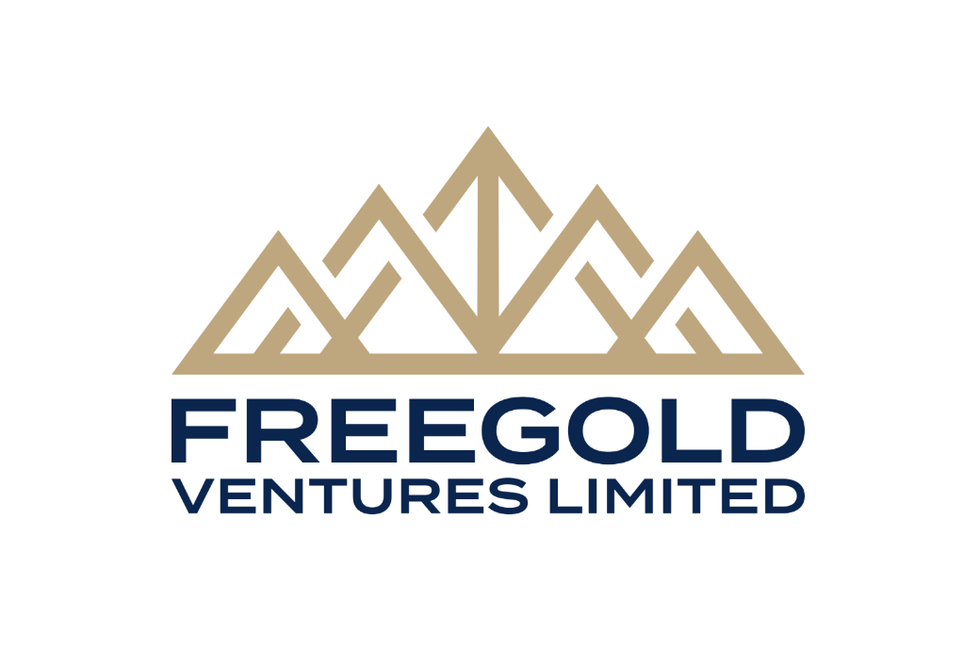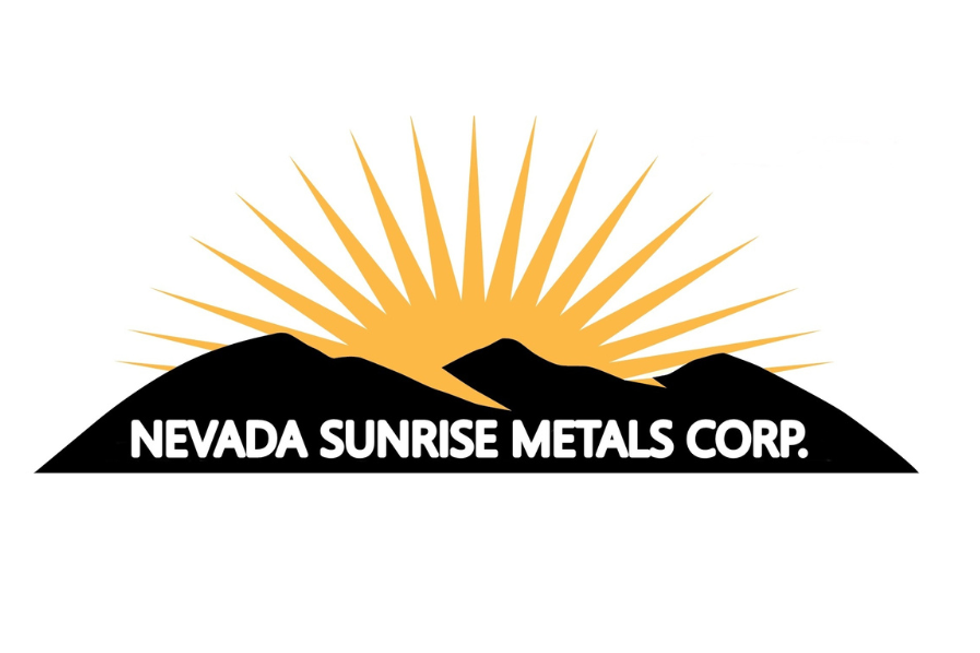Did Kinross commit securities fraud? The company says no, but investors are reacting to share volatility.
By Michelle Smith — Exclusive to Gold Investing News

Kinross Gold Corp. (TSX:K,NYSE:KGC), a company founded in 1993, is facing lawsuits in Canada and the US on behalf of shareholders from February 16, 2011 to January 17, 2012. The allegations against Kinross involve Securities Act violations, and the Tasiast gold mine in Mauritania is at the heart of the complaints. When Kinross acquired the mine it was valued at $7.1 billion, $4.6 billion of which was goodwill. The central question in these cases is whether investors were given thorough and accurate information that provided the correct impression of the Tasiast property.
The lawsuits in both countries are very similar in their allegations. In addition to Kinross, stockholders have named several individuals as defendants: Paul H. Barry, Executive Vice President and CFO, Tye W. Burt, President, CEO, and member of the Board of Directors, Glen J. Masterman, Senior Vice President of Exploration, and Kenneth G. Thomas, Senior Vice President of Projects.
The defendants are accused of making materially false or misleading statements regarding the company’s business and prospects. According to Merchant Law Group, which represents shareholders in Canada, these statements include:
- that drilling results at Tasiast revealed high amounts of low-grade ores that would require the company to modify mining processes to help minimize costs and maximize profitability
- that as a result, applicable accounting standards required the company to report an impairment in the value of goodwill
- that the company’s financial statements were not fairly presented and were materially false or misleading
- that based on the foregoing, the defendants lacked a reasonable basis for positive statements about the company, its business prospects, and the Tasiast property
Kinross and Tasiast
Kinross describes the Tasiast mine as a “world-class gold deposit” that is the company’s “top development priority” and a “cornerstone asset in the company’s long-term growth strategy.” The mine was the most valuable asset belonging to Red Back Mining before Kinross acquired the company in September 2010.
The Mauritanian mine achieved commercial production in 2008 and Kinross has an expansion project currently underway at the site. The production ramp up is projected for 2015.
Based on the current proven and probable mineral reserve estimate of 128.9 million tonnes at a grade of 1.8 g/t Au for 7.46 million ounces of gold, the operation is expected to continue production until 2046, the latest technical report reveals.
Mining activities, however, are expected to be completed in 2025. Afterward, low-grade stockpiles will be processed by the existing mill until 2046.
In March 2011, the feasibility study was reportedly 36 percent complete with site layout determined and process flow sheets completed. It was on target for completion by midway through 2011.
The company’s 2011 annual report, published on February 15, 2012, stated that Kinross had yet to announce its processing method but planned to make a preliminary selection in 2012. The feasibility study was not yet done.
Questions of investor impression
Kinross portrays solid confidence in Tasiast, as can be seen in a presentation from last year that was prepared for the analyst and investor mine tour.
Evatt Merchant, partner at Merchant Law Group, told Gold Investing News that the average investor relies heavily on company statements.
Apart from the previously mentioned issue of significant amounts of low-grade ore, Merchant discussed neither the particular issues that were falsely represented nor the material non-disclosures central to the case.
“Was the impression they (the defendants) were giving shareholders consistent with what they knew?”
Were the people at the company aware of things that they hid from investors?” Merchant asked, saying that these are core issues in this case.
“And if the answer is yes, then how great is the financial detriment?” he added.
“You have an obligation to make long running problems public when you are running a public company,” Merchant went on to say.
But when does the failure to disclose information evolve from an ethical issue to a legal issue, Merchant was asked.
“That is a key issue that these cases turn upon,” he replied.
Merchant says that individuals at Kinross should have been and had to have been aware that they were making claims that were not correct.
Kinross portrays competence
The pending lawsuits will likely raise the issue of whether Kinross did adequate due diligence in the Red Back deal.
In past statements, Kinross has insisted it did. For example, in September 2010, Kinross described Tasiast as having “tremendous potential based on…six months of intensive due diligence.”
Before completion of the Red Back deal, Kinross made investors aware that Institutional Shareholder Services (ISS) was against it.
In a letter to the Securities and Exchange Commission in which Kinross used ISS as an example of a “flaw in the modern proxy voting system,” Kinross noted that ISS’ primary concern was that it was overpaying for Red Back assets.
Calling the recommendation for shareholders to vote against the acquisition “misguided and ill-informed,” Kinross said the ISS lacked specialized industry expertise to conduct a sophisticated analysis in the mining sector. “ISS staff were forthright in admitting that they did not have any geologists or mining engineers on their staff, nor had they obtained external consultants,” the letter said.
Kinross went on to point out that it “by contrast employed a large team of technical experts (including two outside engineering firms, outside geologists, outside accounting and law firms and four investment banks) for over six months,” all of which had a “highly sophisticated understanding of geological data.”
“By way of postscript, we note that the trading price of the Kinross common stock rose by approximately 11.5% in the five trading sessions following the approval of the transaction…effectively increasing the market capitalization of the combined company by over $2.2 billion,” wrote Geoffrey P. Gold, Executive Vice President and Chief Legal Officer of Kinross.
Kinross in 2012
When the Red Back deal was announced, Kinross had a market cap of $13 billion. Its market cap is now $10.08 billion. In late September 2010, after the acquisition, Kinross shares were over $19. Today they are below $9.
In its 2011 annual report, Kinross said that on a net earnings basis the company earned a record $872 million – an increase of 79 percent over the previous year – or $0.77 per share. But the company reported a net loss of over $2,073.6 million, attributable to shareholders due to a $2,937.6 million goodwill charge. Over $2.4 billion of the writedown was associated with Tasiast.
The impairment charge was, according to Kinross, a result of a change in market conditions, a decline of industry wide valuations, and the company’s growing understanding of the Tasiast project’s parameters.
Kinross did not accept the offer to speak with Gold Investing News directly about these allegations or the Tasiast mine. However, Steve Mitchell, Vice President of Corporate Communications at Kinross, replied to the request via email, saying:
“We believe the allegations are without merit and we plan to vigorously oppose and defend any litigation that may result. It is not uncommon for these type of lawsuits to be pursued when a company experiences volatility in its share price as Kinross has.”
Class action lawsuits such as this are handled on a contingency basis, meaning the law firms involved are only compensated if the case is found to be in the favor of their clients.
Merchant confirmed that there is no impetus for a law firm to pursue a case such as this based solely on share volatility.
Securities Disclosure: I, Michelle Smith, do not hold equity interests in any companies mentioned in this article.




